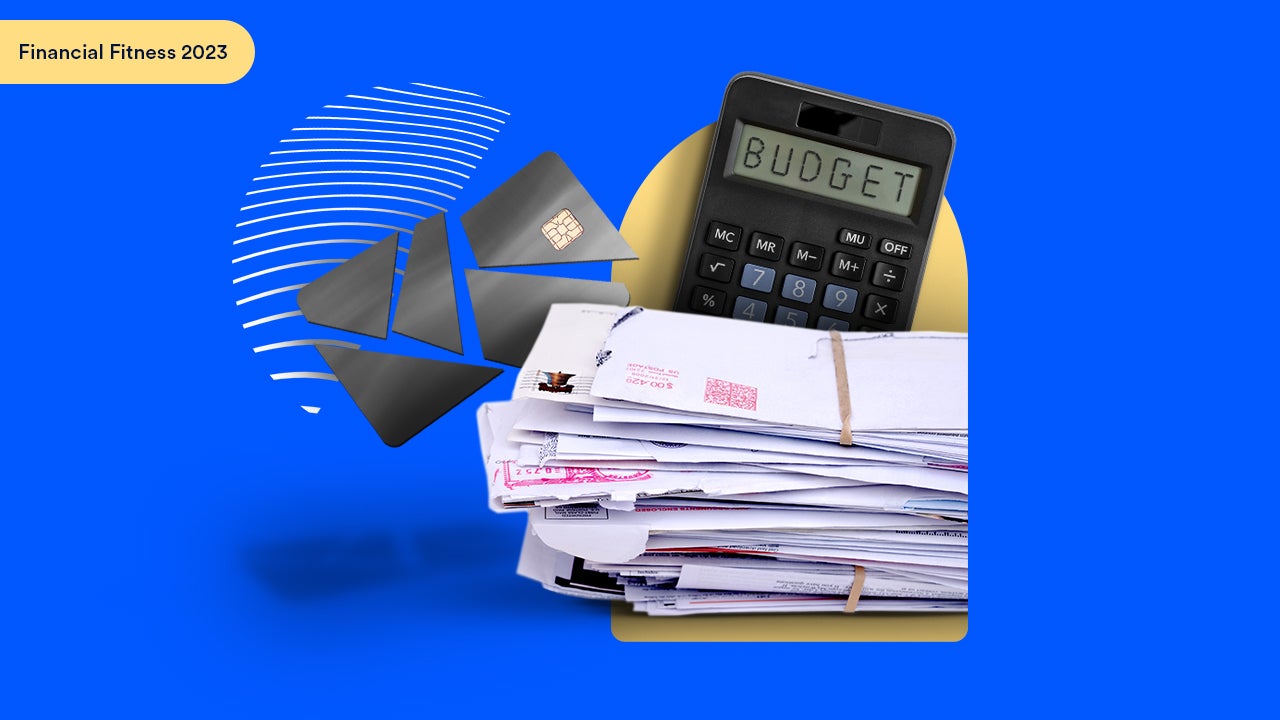How long should I keep my credit card statements?




Key takeaways
- Most people should keep hard copies of credit card statements for at least 60 days.
- Business owners and charitable donors should keep credit card statements for at least six years in case of tax audits.
- Securely store and dispose of credit card statements to protect personal information from identity theft.
- Online statements offer easier access and organization compared to physical statements.
Reviewing your credit card statements is an important part of maintaining good credit card habits. As a financially responsible individual, you might wonder how long you’re supposed to keep them. If you are receiving hard copy credit card statements, most experts recommend you keep them for 60 days. However, you might want to keep them longer if you’re a business owner or using your card for charitable donations
How long you keep your credit card statements depends on your personal situation. Consumers can securely destroy their credit card statements after just a few months, but business owners and people who make charitable donations may need to hang onto those statements for several years.
Reasons consumers should keep credit card statements for longer
Most people should keep their credit card statements for at least 60 days. That’s because the Fair Credit Billing Act (FBCA) stipulates that you have 60 days from the statement date to report errors, and you’ll want to have the documents handy if you do need to file a dispute.
However, keeping your credit card statements around even longer could be a smart move for a handful of reasons:
- Extended warranty protection: If your issuer offers extended warranty protection on eligible purchases, you may want to hold on to your statements throughout the extended warranty coverage period. Some issuers have extended warranty policies of 90 days, and others give up to a year beyond the manufacturer’s warranty.
- Dispute resolution: If you’re waiting for the results of a credit card dispute investigation, those can take up to 90 days. According to the Consumer Financial Protection Bureau, banks have two full billing cycles to resolve a dispute, so usually 30-60 days, but can take no more than 90 days. You should keep all your records until your dispute is resolved.
-
Charitble donations: You may need to document your donations for tax purposes. It’s important to hold on to evidence of tax-related purchases for at least six years in the event your tax returns are audited.
How long should business owners keep credit card statements?
If you use a business credit card or a personal credit card for any business purchases, you should keep your statements longer. As with charitable donations, you may need to document your business purchases for tax purposes years after the transactions occurred.
Additionally, your accountant will thank you for having easily accessible, well-documented reports come annual tax time.
Even if you have access to digital statements, it’s still a good idea to hold on to your physical statements. While your issuer may have years of your statements archived online, they may not be easy to access immediately. Some issuers don’t hold onto your digital statements longer than three to five years, which could leave you high and dry if you need them past that point.
What is the best way to store statements?
Keeping your credit card statements in a secure place is important for protecting your data. To protect your paper credit card statements, store them in a fireproof and waterproof safe. In the event of an emergency, your documents will be secure. You can also keep them organized within your safe by sorting them by year and month.
You can also opt to scan and store your credit card statements digitally. For digital statements, make sure they are stored in a password-protected folder. As an added layer of security, make sure your computer is password-protected as well. Organize your statements with a folder for each year and label each statement with the month and year. You can also add notes to any statements with errors so they are easy to identify.
What is the best way to dispose of statements?
When you’re ready to dispose of your statements, security is still an important consideration. For hard-copy statements, don’t simply throw them in the trash. Doing so could make your information readily available to dumpster-diving identity thieves. Instead, shred your statements before you throw them away. This makes the statement unreadable and protects your personal information.
If you don’t have a paper shredder, you can buy one for around $30. If you’re not ready to make that investment, you could take your documents to a copy shop, like Staples or Office Depot, that offers shredding services, or visit your local bank. You can also collect the documents you need to shred throughout the year and visit a community shredding event in your area to securely destroy your old statements.
Managing online statements
Your issuer has likely sent you a few emails about switching to e-statements, or you’ve already done it on your own to cut down on paper clutter. But saving yourself from piles of paper isn’t the only benefit of using online statements. It also provides a layer of security for your statements since accessing them online is password-protected. Issuers also use secured and encrypted platforms, adding another layer of protection for your data.
Another perk to using online statements is having ready access to your most recent statements. You can easily scroll through recent statements and often search for older ones. This makes keeping track of your credit card purchases and balances more streamlined.
Make sure to read through each of your monthly statements. Going through your monthly charges can help you establish a budget, and check that statement credits and points or miles from your reward credit cards are calculated correctly. Most importantly, you can make sure the charges listed are accurate. If you notice any discrepancies, report them to your issuer immediately. It may indicate that your account has been compromised by an identity thief.
The bottom line
Ultimately, how long you keep your credit card statements depends on how you’re using them and your circumstances. If you’re a consumer, you likely don’t need to keep them past 90 days, but to be safe, you can keep your credit card statements for up to a year. If you make charitable donations on your cards, you may want to keep them for six years as you would any tax-relevant document.
Likewise, business owners will want to keep any credit card statements showing business purchases for up to six years in the event of a tax audit. Whether you download your digital statements or store the paper copies, keeping them organized can help you find the info you need more quickly. When you’re ready to get rid of old statements, it’s important to do so securely by shredding paper copies to prevent identity thieves from reading the information.
You may also like

How long should you keep a secured card?

How long should you keep a secured card?



